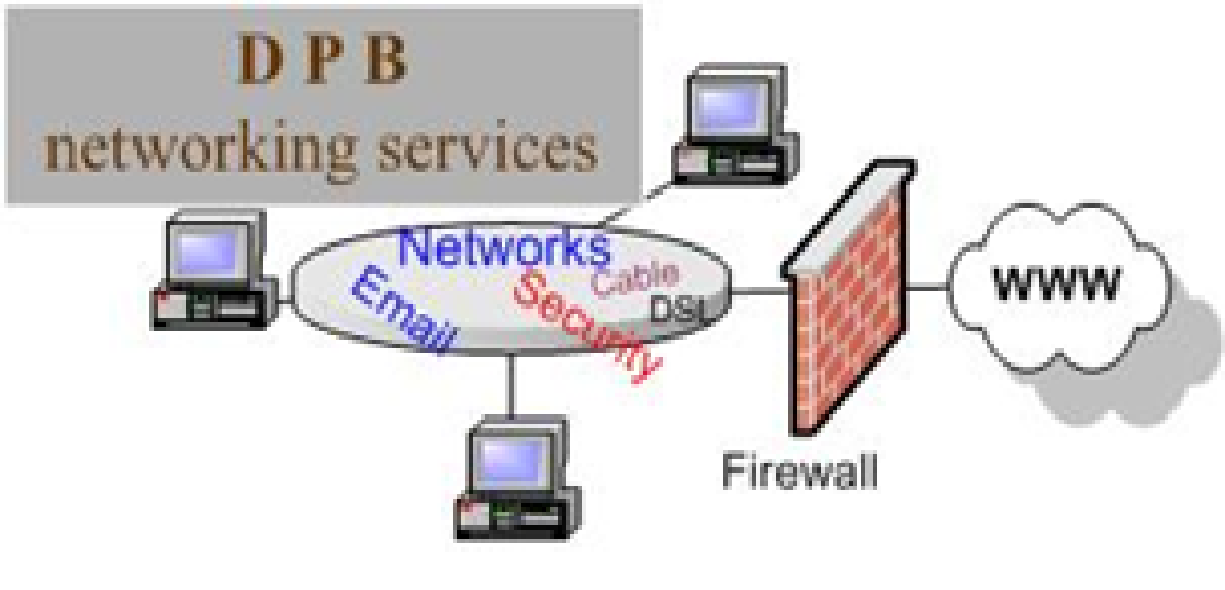Legal Project Management (LPM) is quickly gaining ground within the legal community, as lawyers recognize the potential advantages of applying project management strategies to client matters. With an effective system, you can streamline your law firm’s processes, making them more effective, efficient, and profitable. But successful LPM doesn’t just run itself.
Here are some of the key responsibilities an attorney must take to make LPM work:
Define your goals
How can you plan a route without knowing your destination? LPM is all about mapping out and following a path to the matter’s successful conclusion. But you must clearly define your desired outcome before you develop a course of action to get there.
For some matters, the outcome is simple and clear – the goal of a simple divorce is to secure a divorce for your client. However, the desired resolution for other matters may be a bit more difficult to pinpoint. This is where a conversation with your clients is vitally important. Learn what your client expects from your legal representation, and compare that to what you think is feasibly possible. If they match up, great! You have a defined goal. If not, you probably need to have another conversation with your client.
It’s also important to note that the goal is not only about the final determination of the court. Your client may have specific expectations about the cost of the case or the time that it will take to complete it. All of these desired outcomes affect every task that follows, so it is vitally important to clearly define them before going any further in the LPM process.
Do your research
Once you know your desired goal, the next steps are research and planning. You have to consider all of the components necessary for reaching the overall goal and determine the best direction for implementation. If you have worked on similar matters in the past, the work is essentially done for you. Just take a little time to review those cases for key tasks, overall costs, and the amount of time it took to bring the matter to a conclusion.
If you are working in a practice area new to you, be prepared for a little more research. Ask a colleague who routinely handles these types of cases to give you some guidance on what they entail. You can also go to the courthouse and look at case files for similar matters. This may give you some insight into possible motions and hearings that may pop up along the way.
I know it may seem like a lot of time, but that preparation now will make the LPM process much more successful in the long term. Also, take some solace in the fact that you will not have to reinvent the wheel over and over again. Once you have one of these matters under your belt, you will have all you need when a similar case walks through the door.
Create and assign specific tasks
It’s time to start creating a strategy to get it all done. Break down the matter into smaller specific tasks. Clearly define each activity that needs to be completed and assign it to a specific person. For example, who is going to write the initial complaint? Which paralegal will be conducting research for that specific issue within the case?
Your planning stage should also take into account any speedbumps that may arise along the way. For example, is there a motion that opposing counsel is likely to make during the case? If so, go ahead and establish which member of the team will address that motion should it actually arise. By taking the time to create a detailed process now, you can more efficiently navigate the road to your overall goal.
Define budgets and critical milestones
One advantage of LPM is the ability to predetermine how much a matter will cost, so you can set budget limitations. This is particularly useful when billing on a flat fee basis. Once you set a fixed fee and communicate it to the client, you want to ensure that the work expended stays within that quoted fee amount.
Defined budgets and milestones allow you to monitor the process along the way. With the right LPM software, you can even set up alerts to inform you when a timekeeper reaches a specific objective or budgetary limits are reached.
Review attorney tasks
One of the best aspects of LPM is the ability to review progress in the middle of the matter, which allows you to identify potential delays and roadblocks before they cause delays in the case. Periodic project reviews help you determine whether parts of the project are negatively affecting the time allocation or the profit margin.
Maybe you will discover that one team member is late with a task, causing a delay for everyone else… or maybe one task is taking significantly more resources than its worth. With independent steps within the matter, you can make timely changes to keep the matter on track.
TimeSolv helps you implement successful LPM
Each of these key responsibilities is made easier with the right LPM software. Time Solv legal time tracking and billing provide the platform you need to implement an effective project management process within your firm. The TimeSolv team has been developing the platform’s LPM resources for years, using their knowledge and innovation to create a platform that seamlessly handles your LPM needs. To learn about all of the ways Time Solv promotes successful LPM, click here to take advantage of a no-obligation, free trial offer.
About Erika Winston:
Erika Winston is a freelance writer with a passion for law. Through her business, Personal Touch Edits, she helps legal professionals deliver effective written messages. Erika is a regular contributor to TimeSolv and a variety of other publications.
















